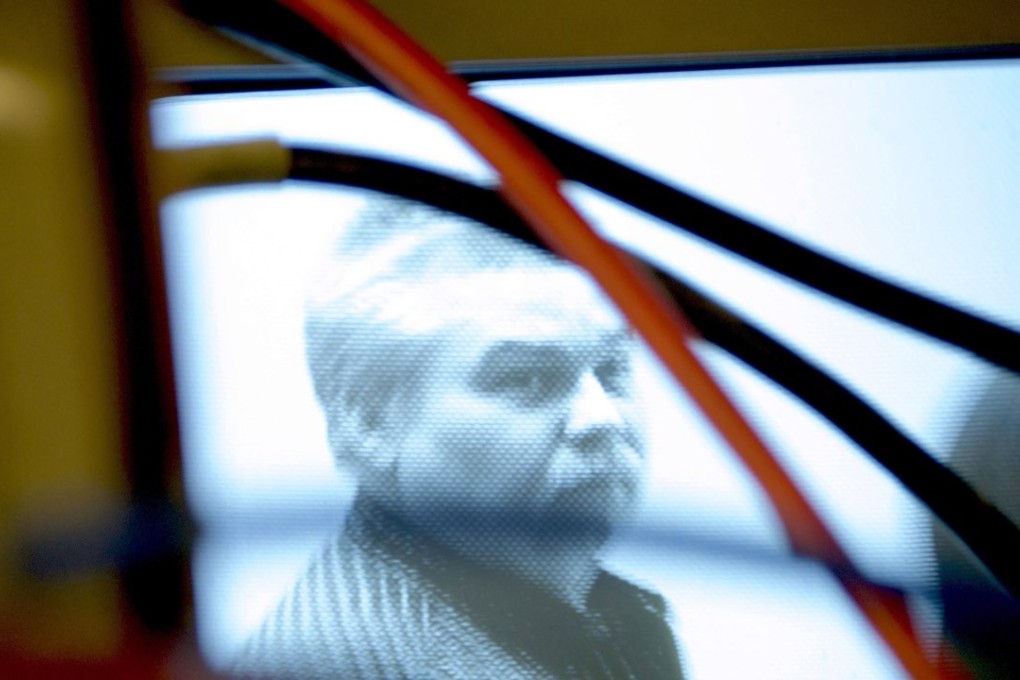Eight things you need to know about Netflix's hit Making of a Murderer documentary
10-part online series about case of two convicted killers has cast doubt on legal process and prompted a petition for their pardon. So what’s the story, and what do authorities and filmmakers say?

An online petition has collected hundreds of thousands of digital signatures seeking a pardon for a pair of convicted killers-turned-social media sensations based on a Netflix documentary series that cast doubt on the legal process.
The 10-part series, Making a Murderer, which portrays the case of Steven Avery and his then-teenage nephew Brendan Dassey, has prompted celebrities and armchair sleuths to flood message boards and Twitter feeds.
SEE ALSO: Ten popular TV shows and movies you won’t find on Hong Kong’s new Netflix
Authorities in the American state of Wisconsin involved with the case are saying the series is slanted and omits crucial facts that led to Avery and Dassey being found guilty in the death of photographer Teresa Halbach.
SEE ALSO: Netflix rolls out Hong Kong site with bargain offers
The filmmakers, meanwhile, are standing by their work that spans nearly a decade and largely concentrates on the defence and perspective of Avery and Dassey’s relatives.
The rush of attention has left many wondering: how did we get here? And what’s next?

Avery made national headlines in 2003 when he was released after spending nearly two decades behind bars after being wrongfully convicted of rape. Two years later, Avery and Dassey were charged with killing Halbach, who visited the Avery family salvage yard to take photos of a minivan on Halloween. Her bones and belongings were found burned near Avery’s trailer. Both were convicted and sentenced to life terms, but only Dassey is eligible for parole – in 2048.
Why has the documentary been so popular?